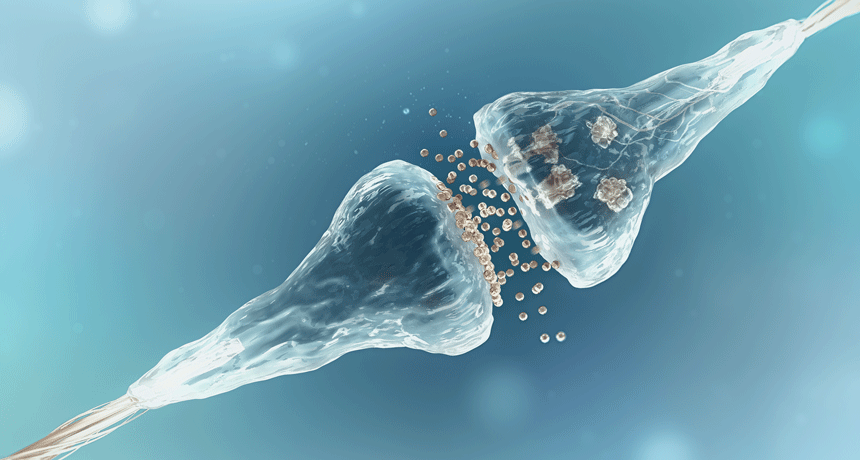cell The smallest structural and functional unit of an organism. Typically too small to see with the unaided eye, it consists of a watery fluid surrounded by a membrane or wall. Depending on their size, animals are made of anywhere from thousands to trillions of cells. Some organisms, such as yeasts, molds, bacteria and some algae, are composed of only one cell.
chemical A substance formed from two or more atoms that unite (bond) in a fixed proportion and structure. For example, water is a chemical made when two hydrogen atoms bond to one oxygen atom. Its chemical formula is H2O. Chemical can also be used as an adjective to describe properties of materials that are the result of various reactions between different compounds.
DNA (short for deoxyribonucleic acid) A long, double-stranded and spiral-shaped molecule inside most living cells that carries genetic instructions. It is built on a backbone of phosphorus, oxygen, and carbon atoms. In all living things, from plants and animals to microbes, these instructions tell cells which molecules to make.
link A connection between two people or things.
matter Something that occupies space and has mass. Anything on Earth with matter will have a property described as "weight."
molecule An electrically neutral group of atoms that represents the smallest possible amount of a chemical compound. Molecules can be made of single types of atoms or of different types. For example, the oxygen in the air is made of two oxygen atoms (O2), but water is made of two hydrogen atoms and one oxygen atom (H2O).
neurotransmitter A chemical released at the end of a neuron to carry a message to a neighboring cell. This chemical travels across the space between two cells, and then binds to molecules on a neighboring cell to transmit a message. Neurotransmitters are released from neurons, and can bind to neurons or to other types of cell, including those that make up muscles or glands.
synapse The junction between neurons that transmits chemical and electrical signals.

